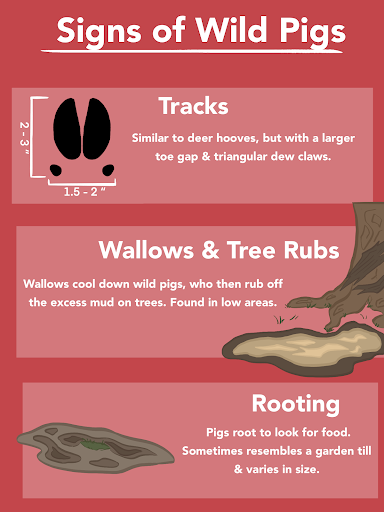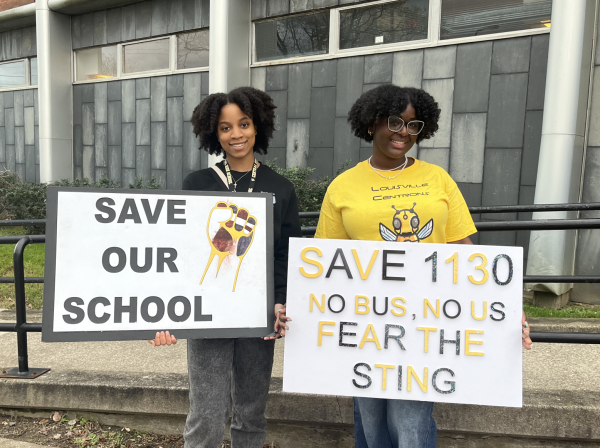How do invasive species affect Kentucky’s environment?
January 24, 2023
Throughout Kentucky, multiple agencies investigate invasive species and their effects in their mission to protect native wildlife.
Sus scrofa, or wild pigs, are an invasive species in Kentucky. According to the Kentucky Department of Fish & Wildlife, this species was introduced when “Misguided hunters intentionally released wild pigs, in an effort to create new hunting opportunities,” while some were released by neglectful owners.

Common wild pigs eat the eggs of local birds, such as turkeys and grouse, as well as native reptiles and amphibians, who are already at risk due to fungal diseases. Deer and turkeys will flee the area if wild pigs are present, easily clearing hunting grounds.
This breed of swine is known to spread parasites and diseases to both humans and domestic pigs. This invasive species is known to carry hepatitis E, swine influenza, and the Japanese encephalitis virus, according to a study published in the National Library of Medicine. Livestock and humans can obtain roundworms and toxoplasma gondii from wild pigs.
Wild pigs also severely harm the local environment and agriculture by uprooting saplings and crops, with the Kentucky Department of Fish & Wildlife reporting that “Wild pigs cause over $1.5 billion in [agricultural] damage in the U.S. every year.”
The Department recommends refraining from hunting the swine and instead alerting the Department. Workers will then trap the pigs and humanely euthanize them.
Invasive species are not restricted to just mammals, but includes fish, plants and even viruses. The Department lists many species of carp as invasive, such as the black carp or the bighead carp.
Liz Winlock, the project manager at Olmsted Park Conservatory, reports that they work with about 40 species of invasive plants at multiple parks.
“Some other plants like Tree of Heaven are hosts to invasive bugs like the Spotted Lantern Fly,” Winlock said.
An example of an invasive plant in Kentucky is the Amur honeysuckle. The UK Department of Forestry and Natural Resources believes that the Amur has the capacity to spread through the state.
The Amur honeysuckle is native to eastern Asia and was transported to New York to be used as “wildlife cover and soil erosion control.” However, they have since begun to spread across eastern United States.
The University of Missouri recommends using herbicides to rid your home of the Amur honeysuckle.
From Amur honeysuckle to wild pigs, invasive species pose dangerous threats to our Kentucky landscape and wildlife ranging from disease to parasites.

















